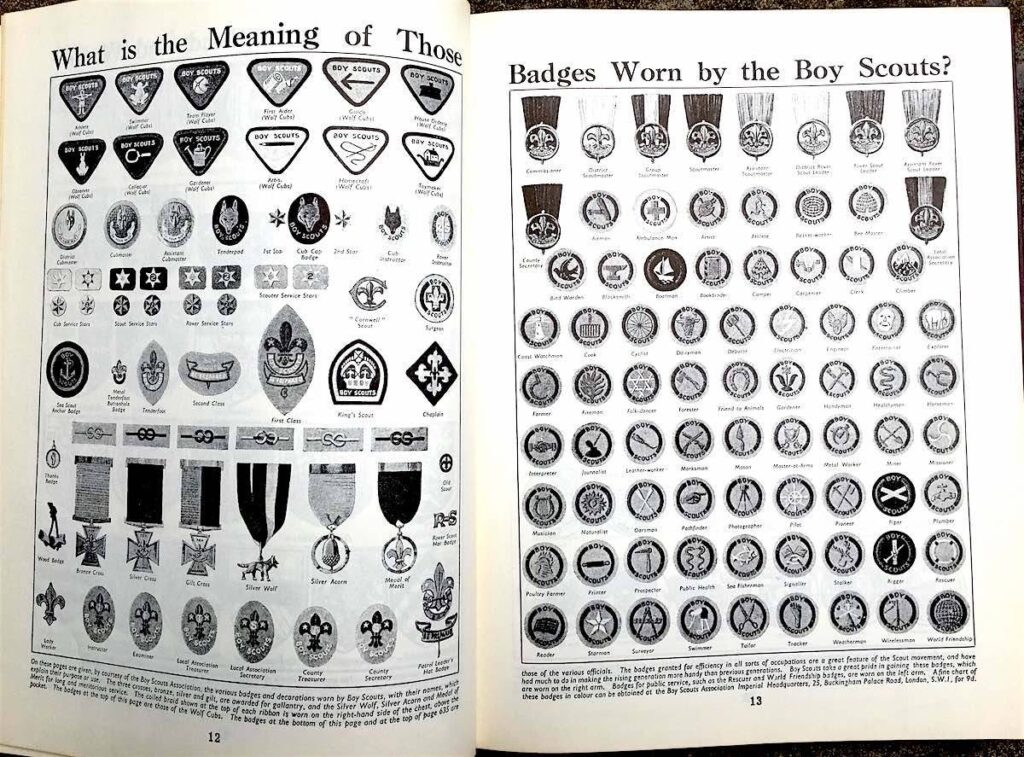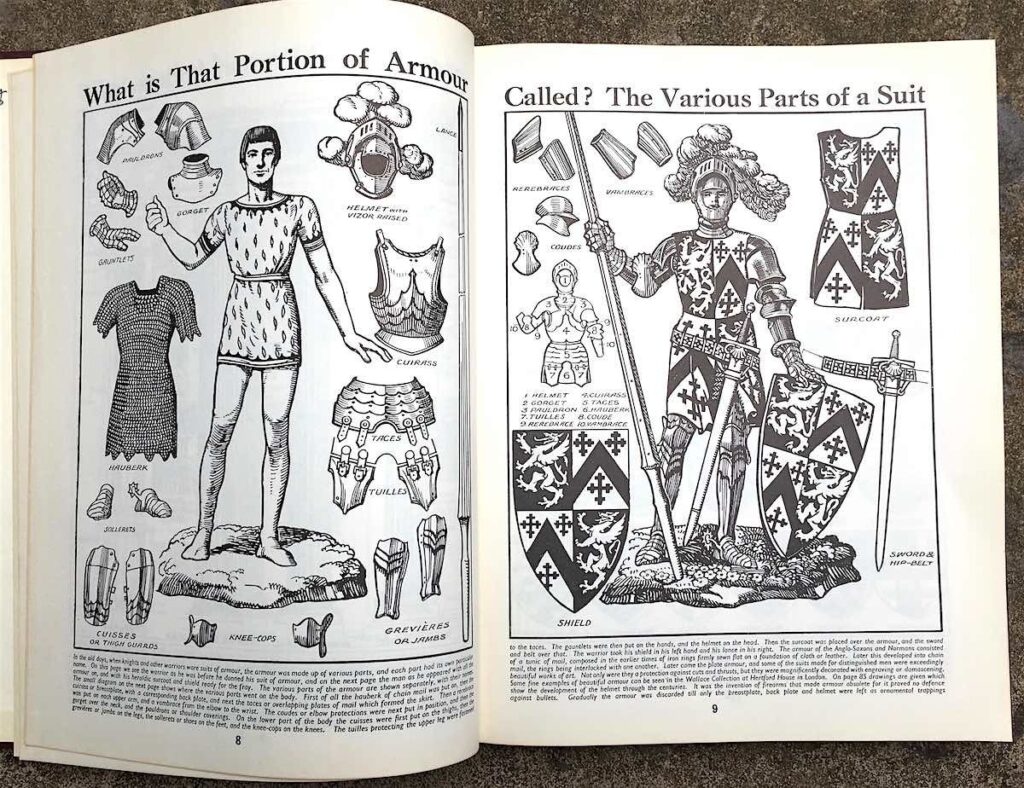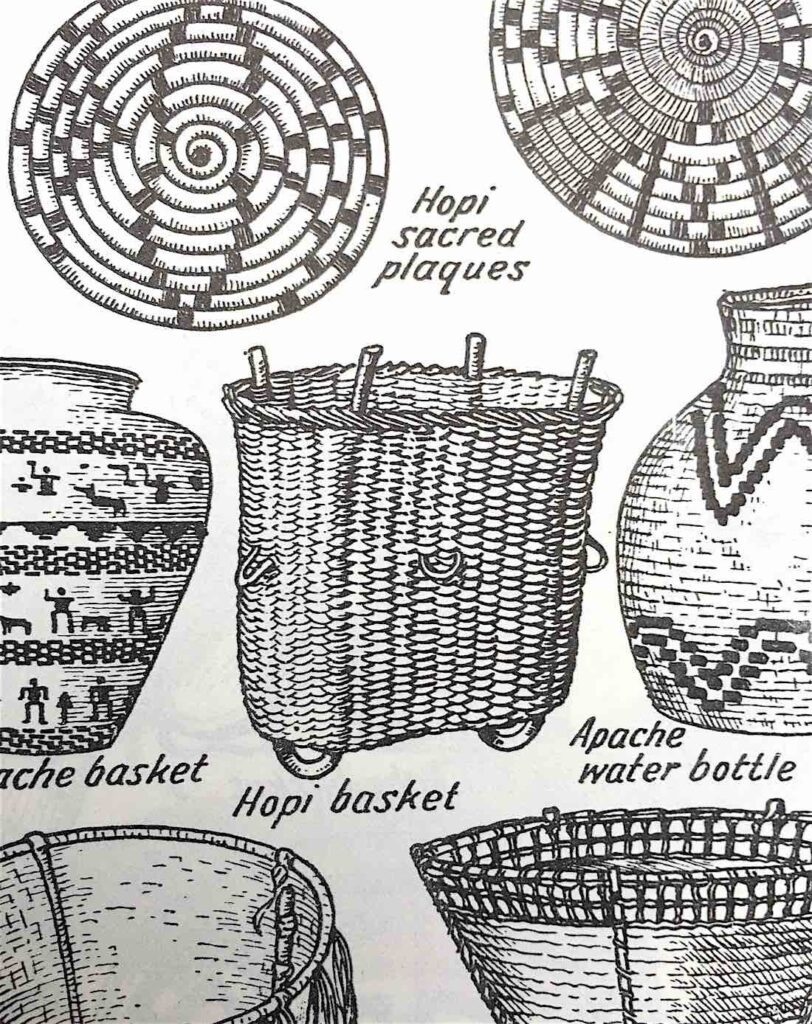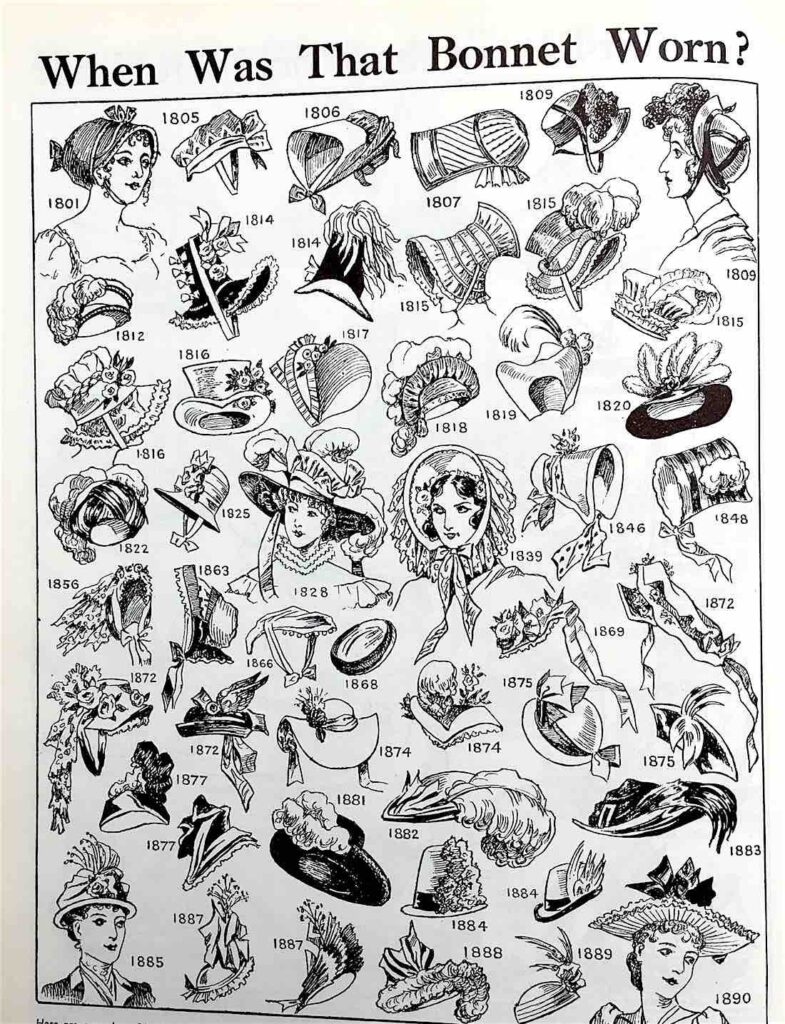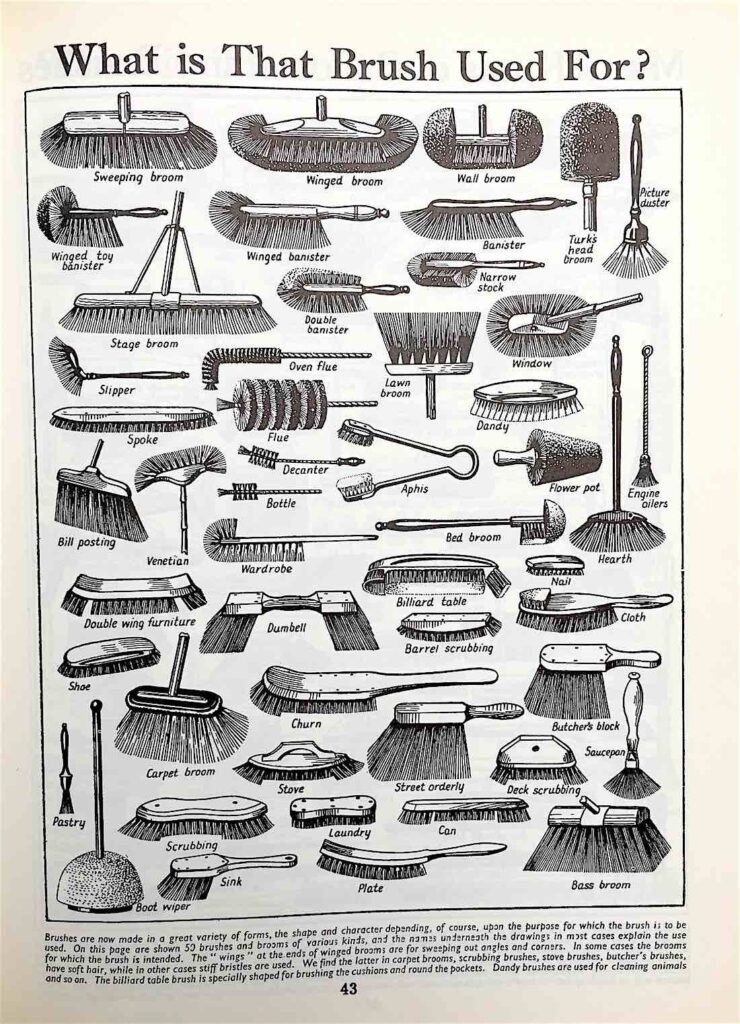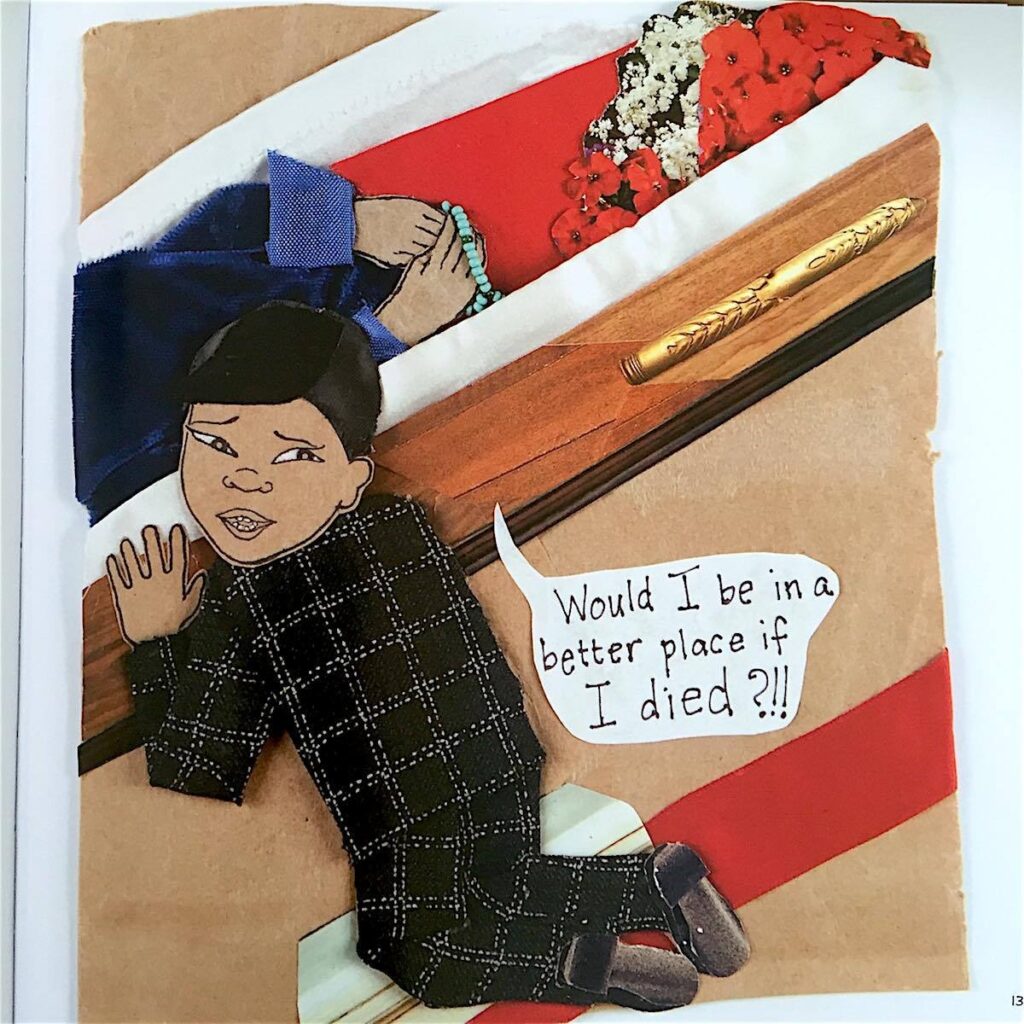The Art of Cycling
How to ride on city streets
While there are thousands of books on bicycling, this is the best book I’ve come across that offers lots of hard-earned, practical advice for staying alive. A former bike messenger, Hurst interviewed many expert cyclists and accomplished what a great how-to book should: he distilled years of experience into a readable, understandable book that can help those with less experience gain tremendously—without having to make all the mistakes themselves.
Readers learn what to be most wary of in city traffic, where to position yourself (not always to the right), how to do hand signals (not what you learned in driver’s ed), the surprising benefits of glancing back, the danger lurking behind gaps in traffic. These and many other practical tips might save you from painful first-hand experience.
I take special delight in how-to books that delve into the counter-intuitive aspects that seem to be part of doing many sports well. For instance, Hurst tells us that vigilance while cycling can actually be relaxing rather than tiresome; it requires light but constant attention and thus ideally takes you away from other thoughts and cares. The more you ride the better you can become at vigilance—although riding will never be a time to totally relax, nor a place to daydream.
If you cycle, or love someone who does, get this book.
02/14/11Excerpt
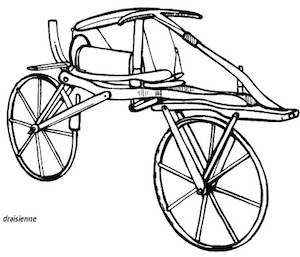
Before the Leonardo controversy, the invention of the bicycle was most often credited, quite erroneously, to a German fellow named Baron Karl von Drais de Saverbrun, or just Drais. Drais built a wooden, two-wheeled vehicle in 1816 and patented it as the draisienne.
The Art of Cycling Robert Hurst 2006, 288 p. $12










